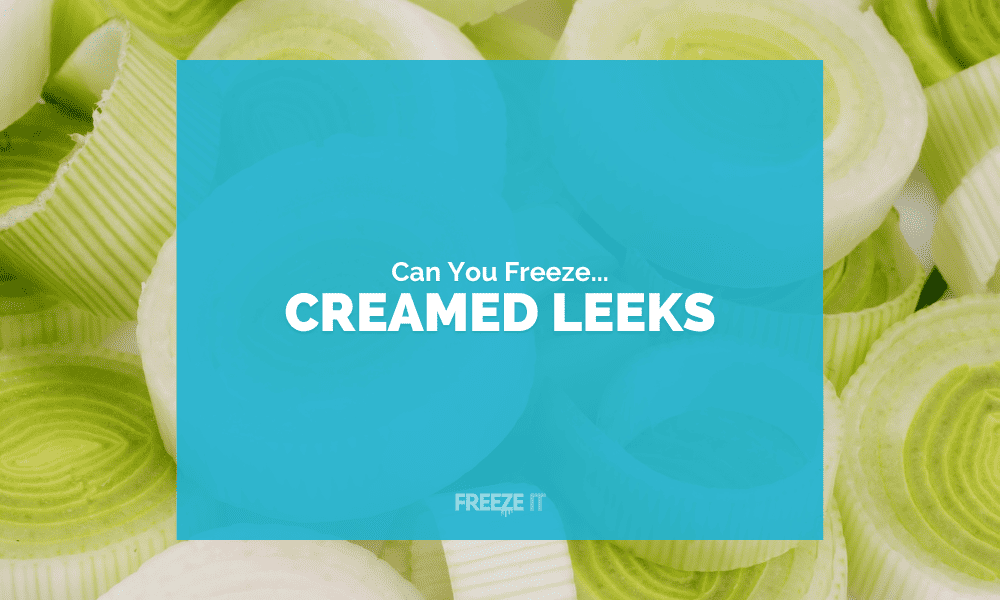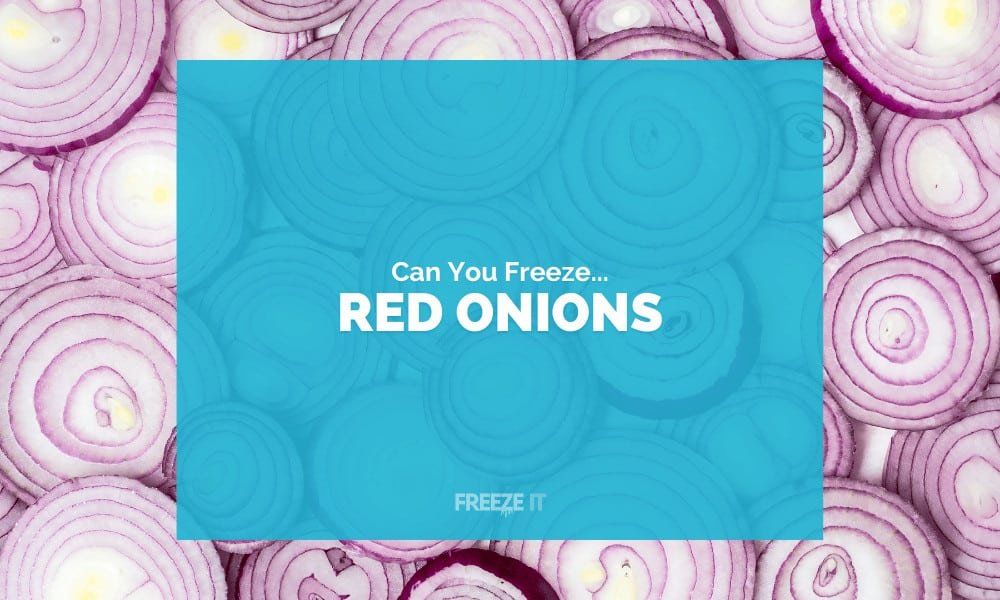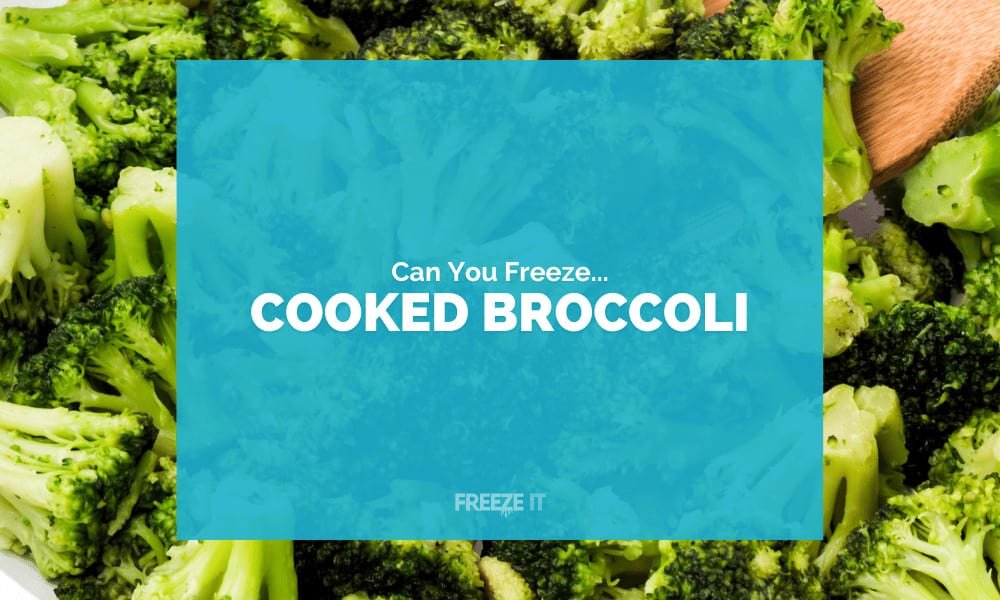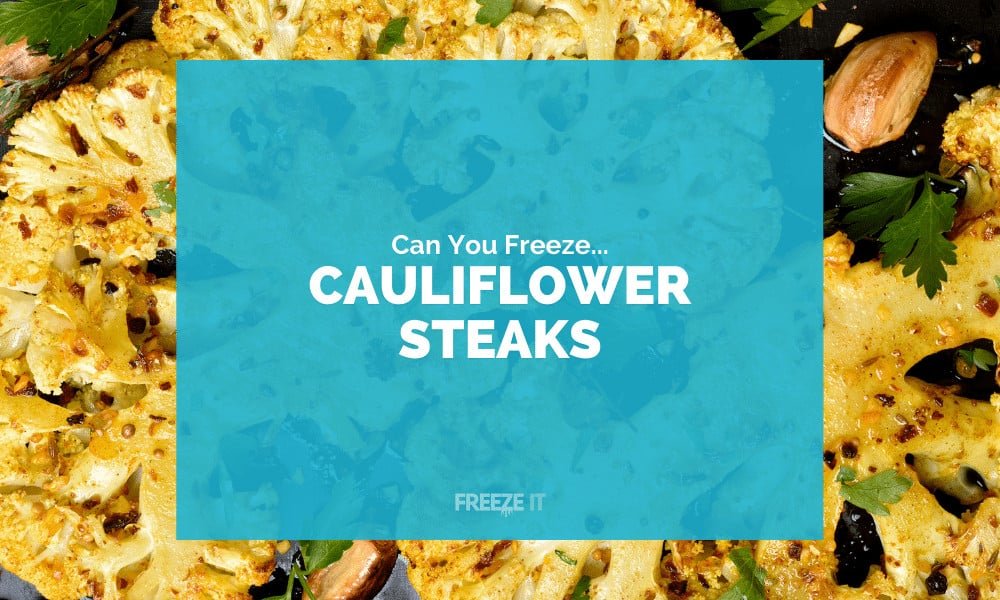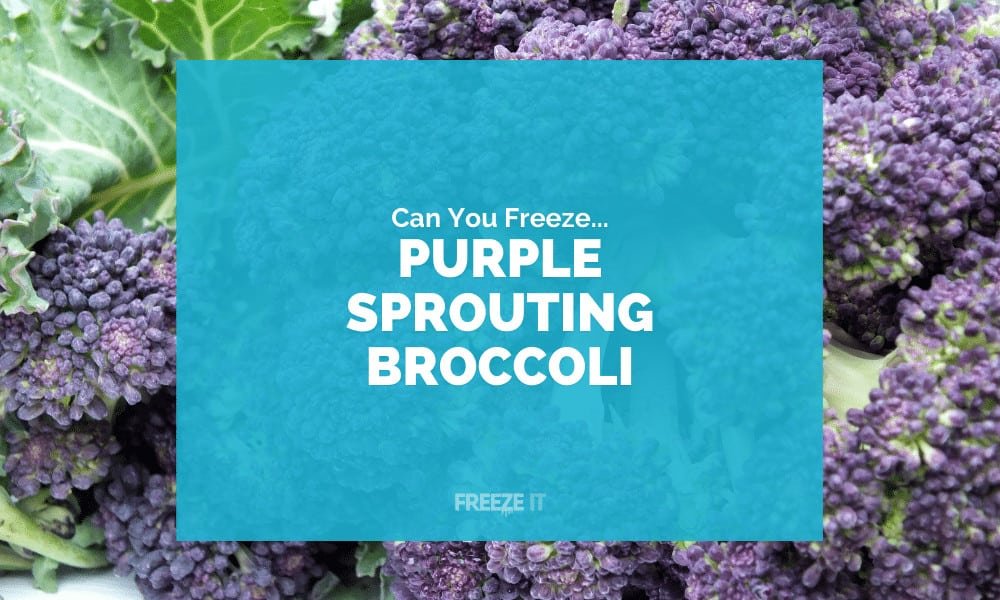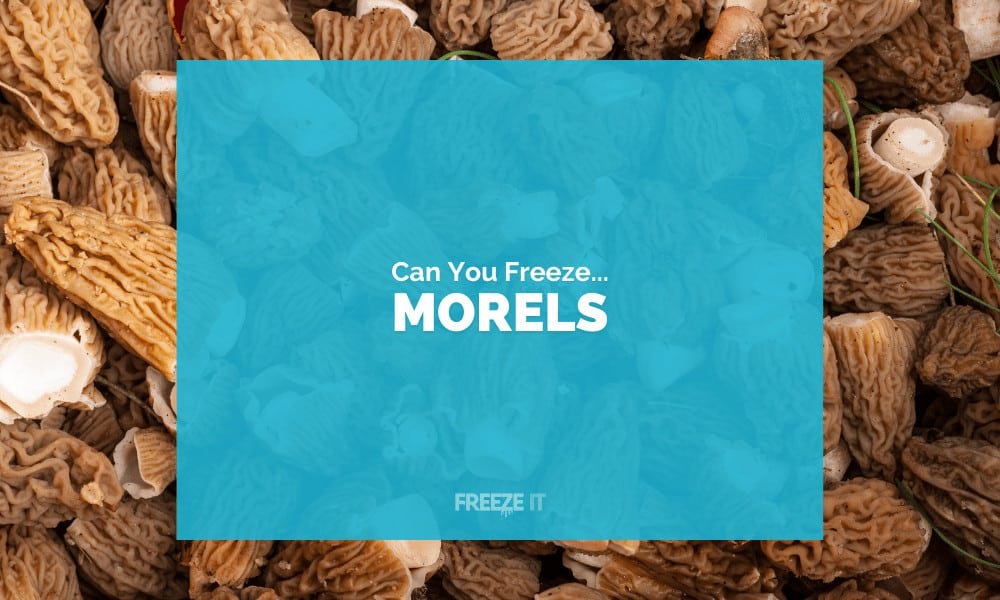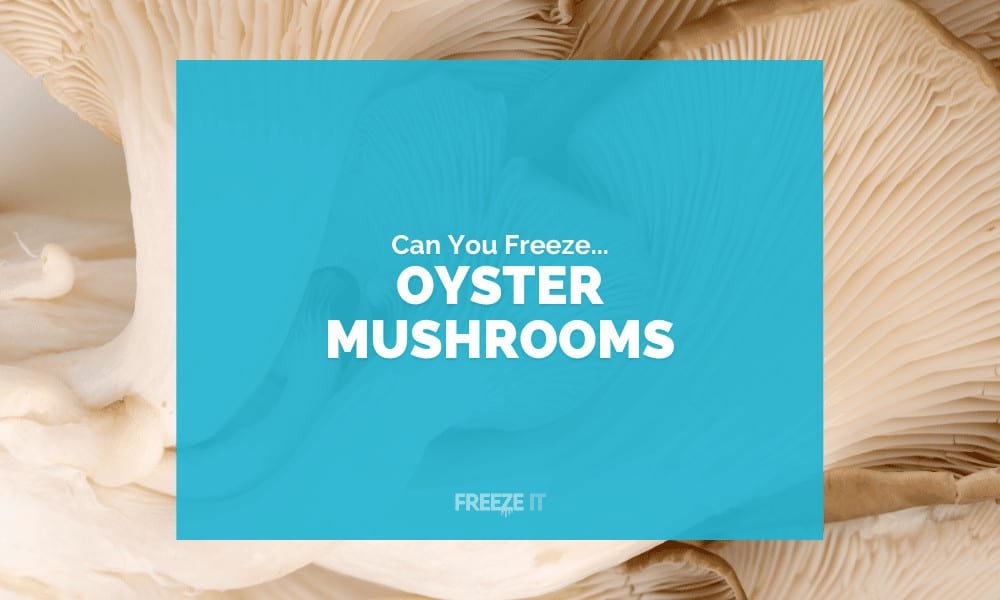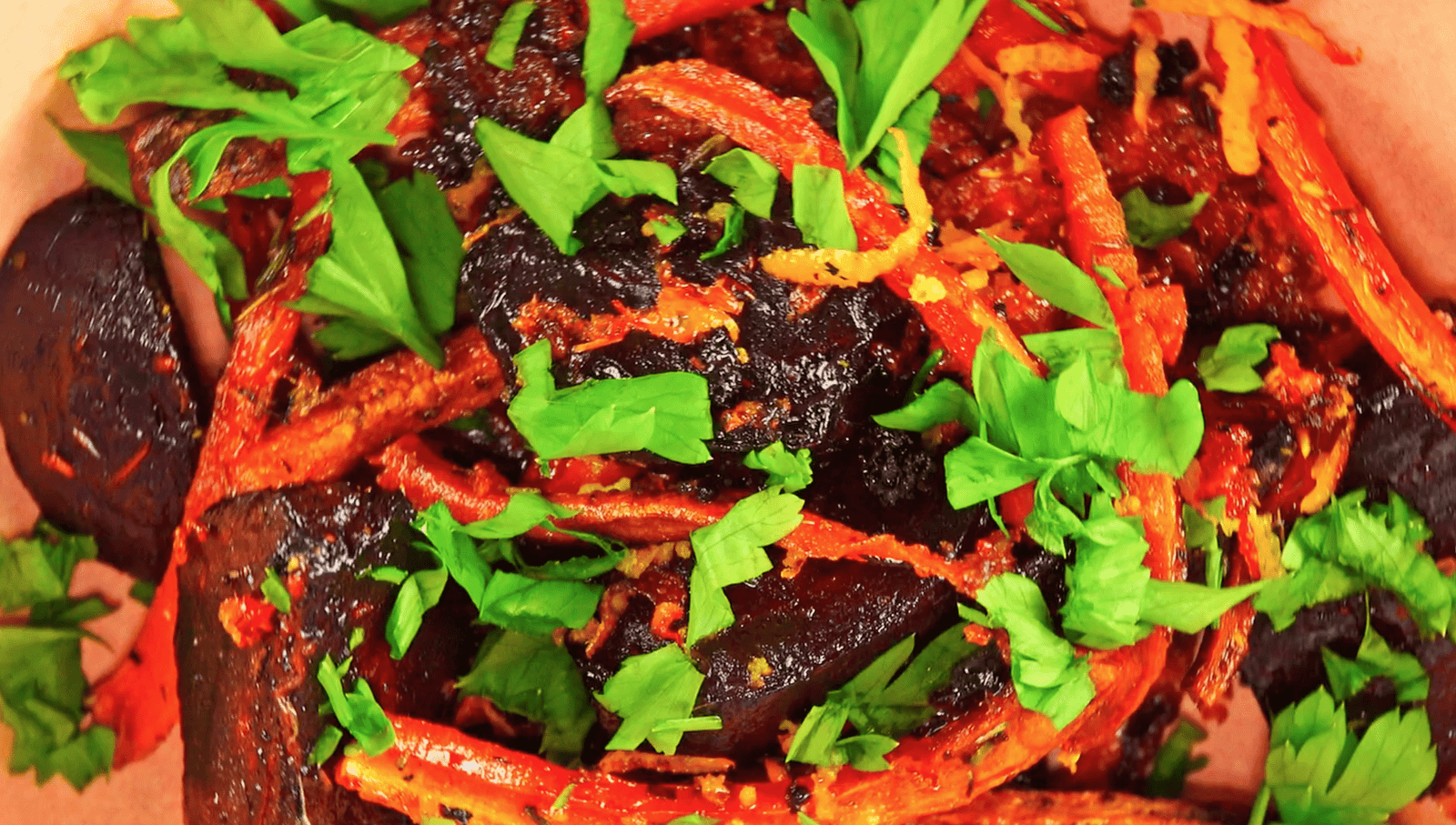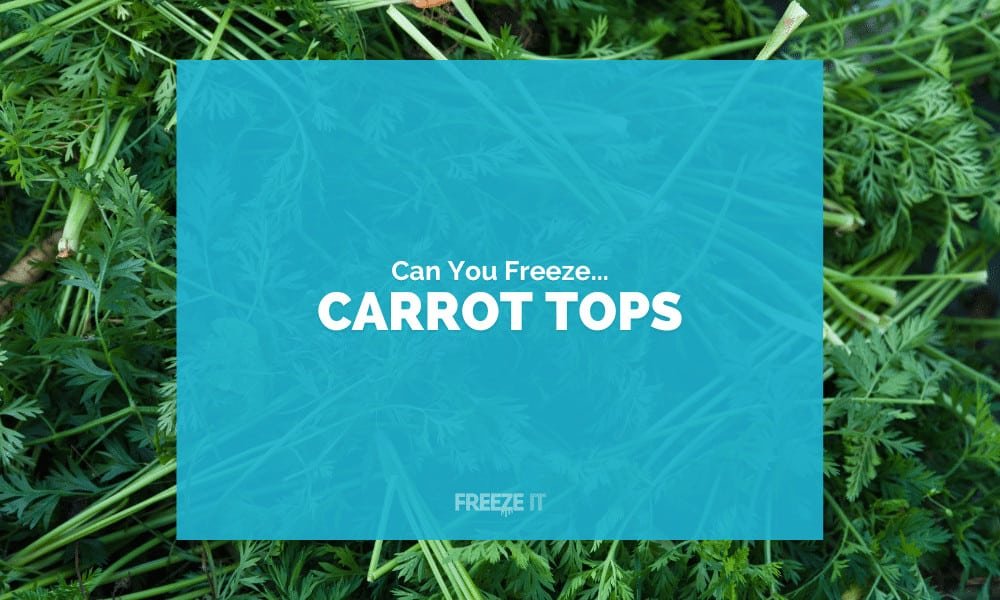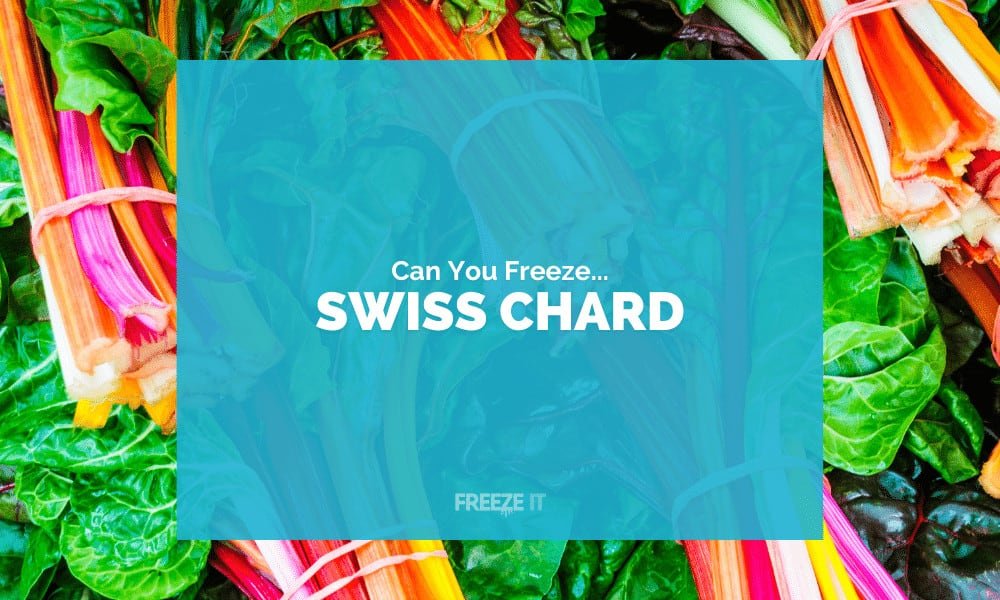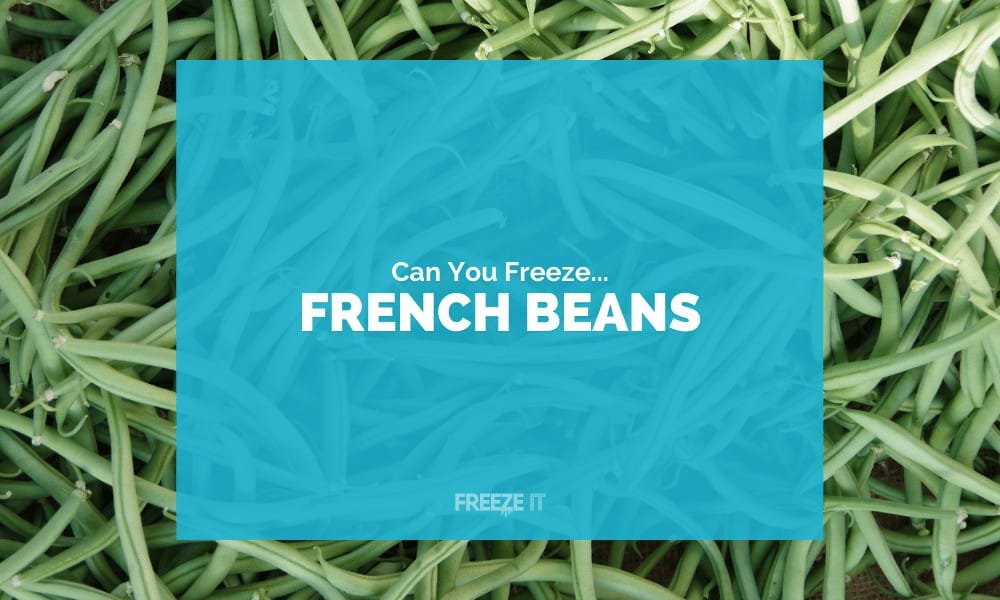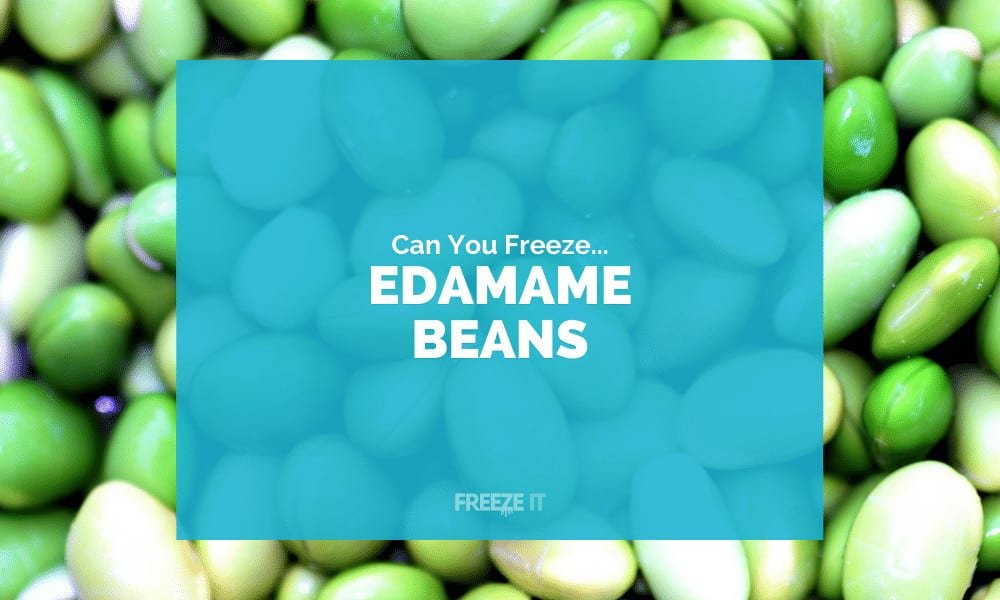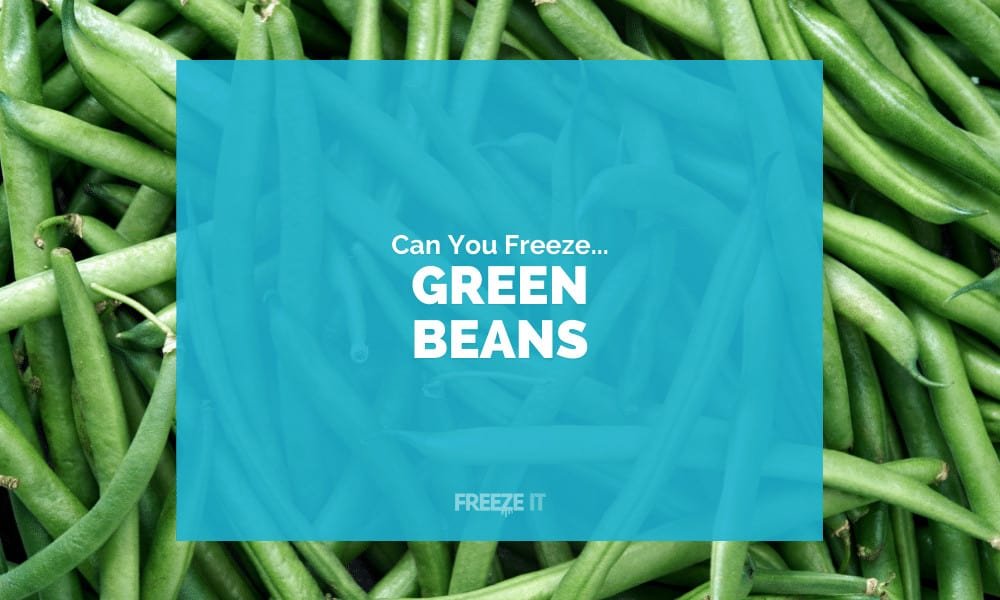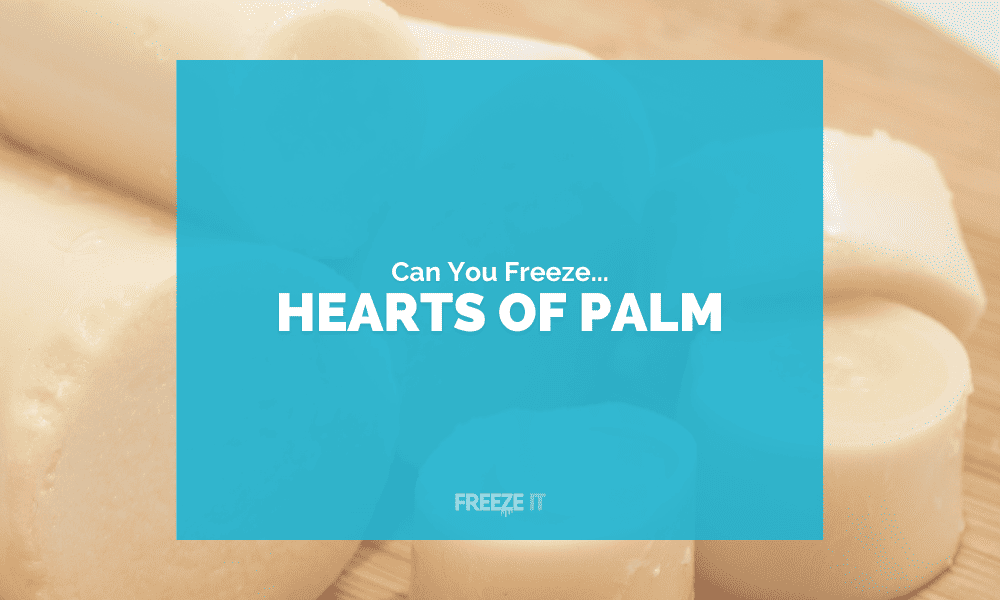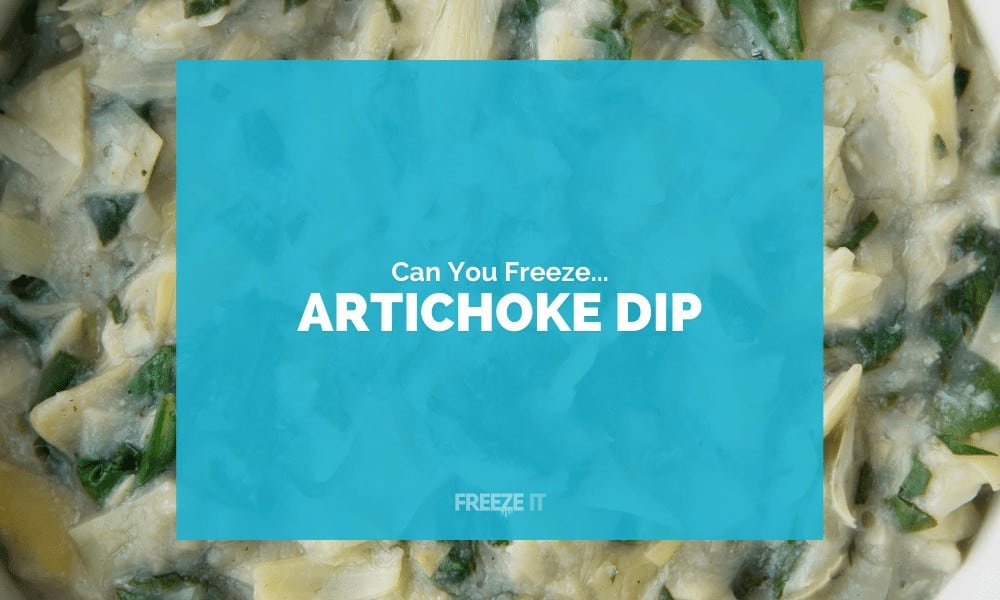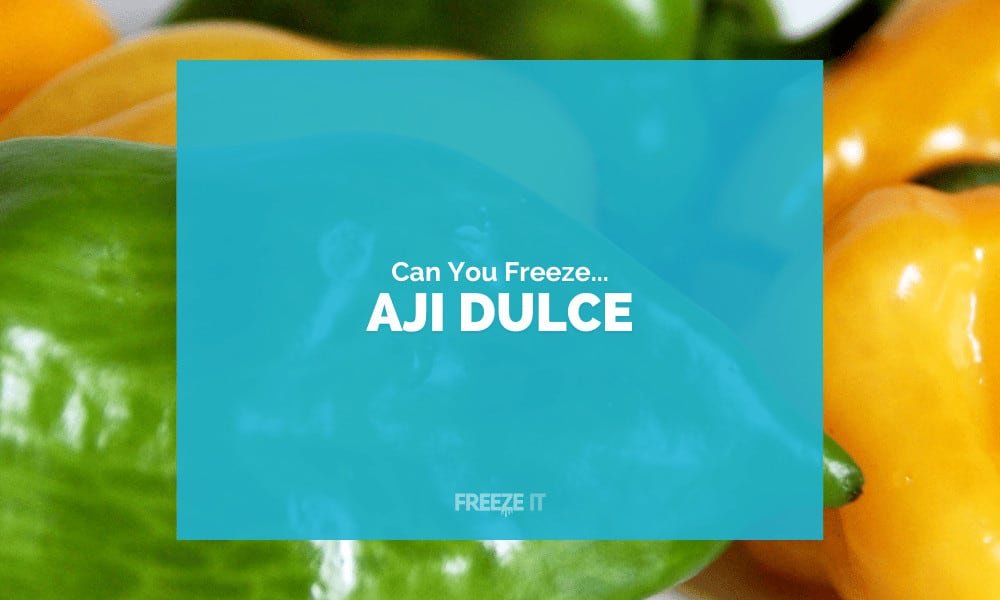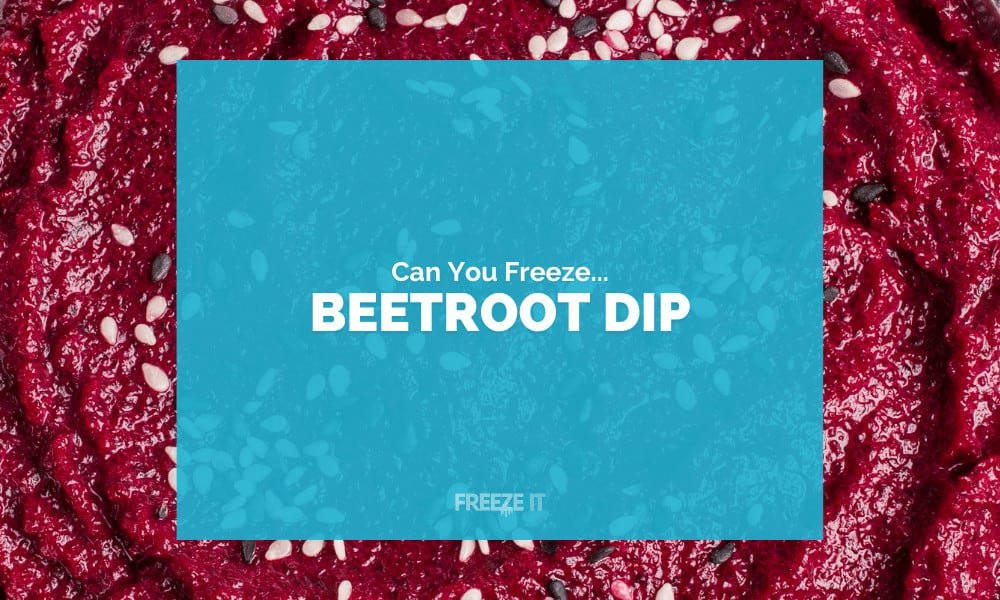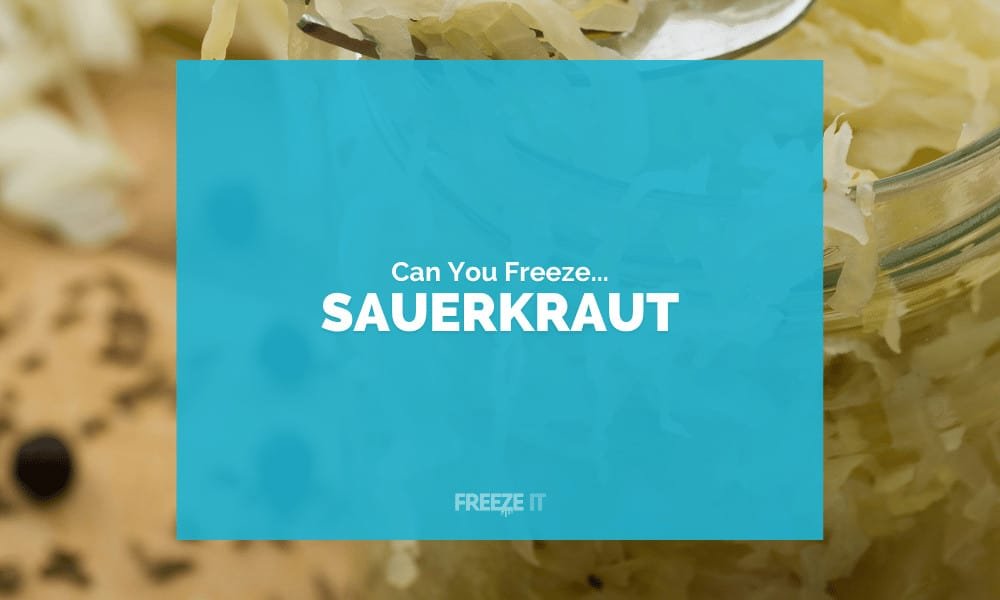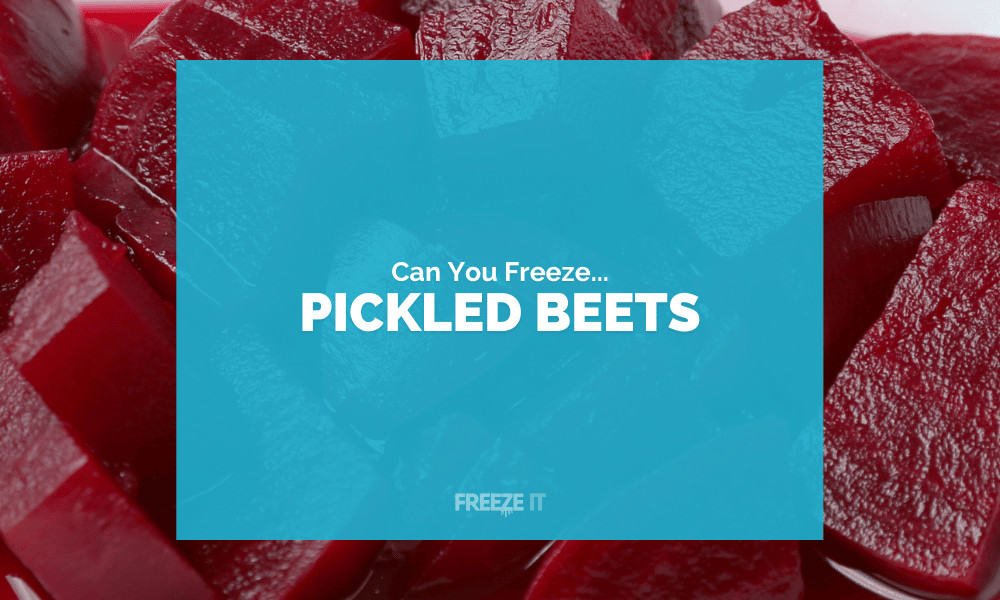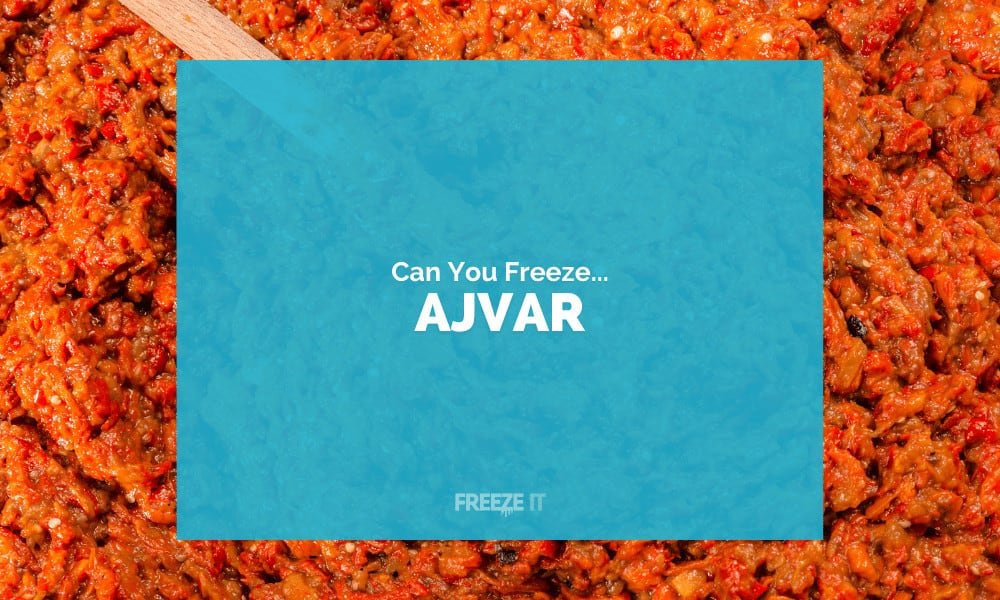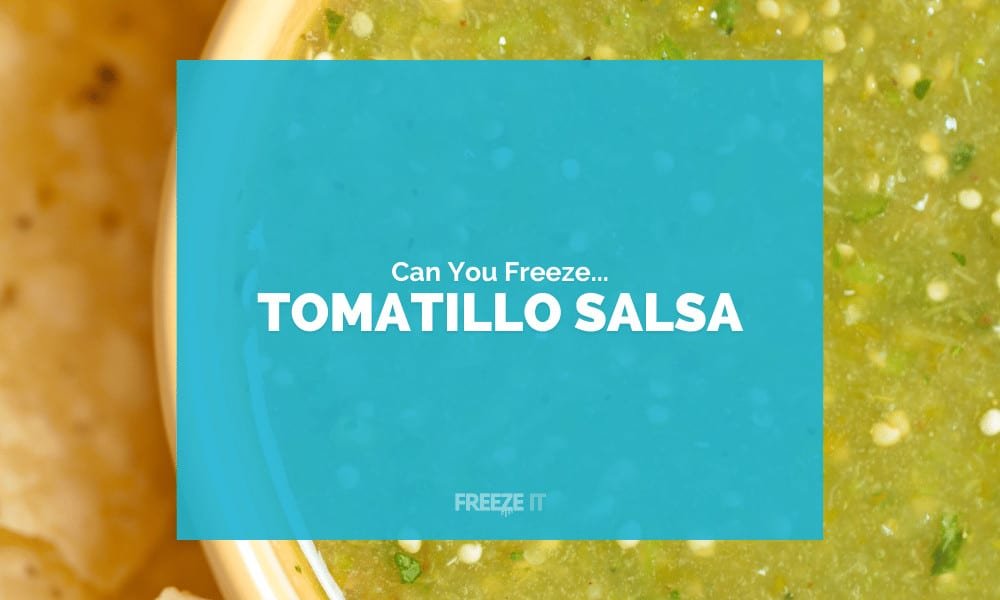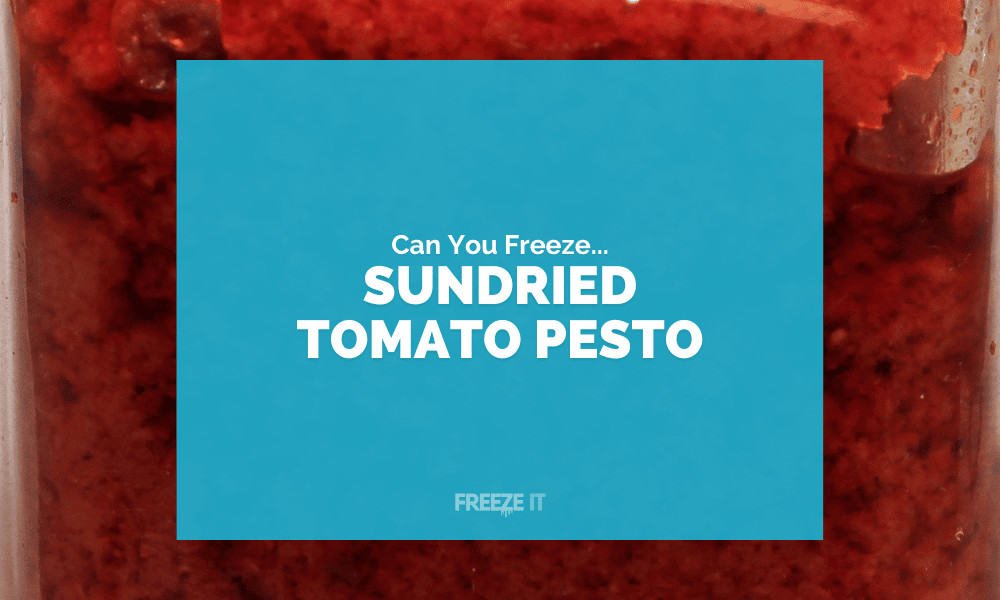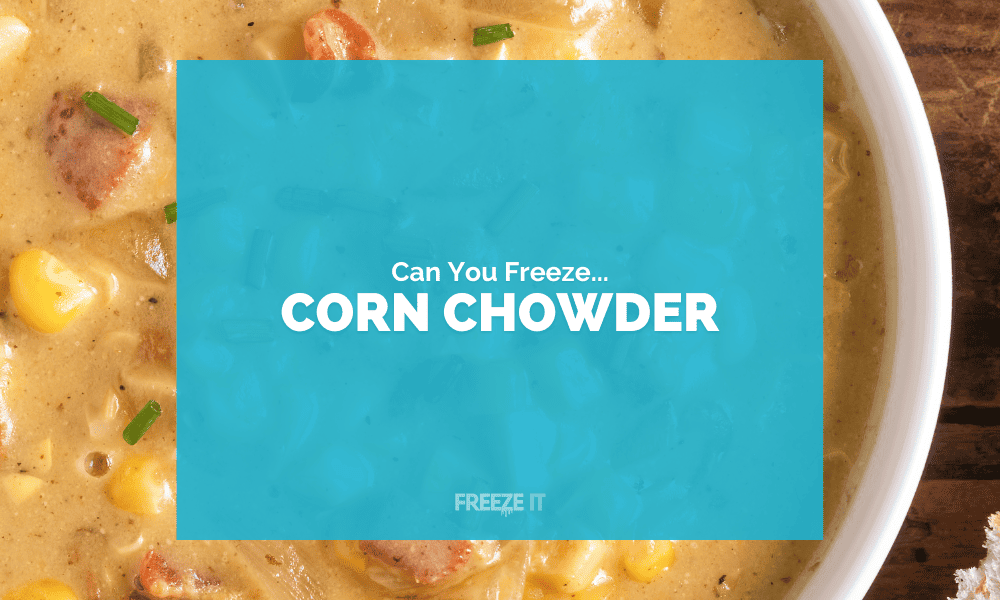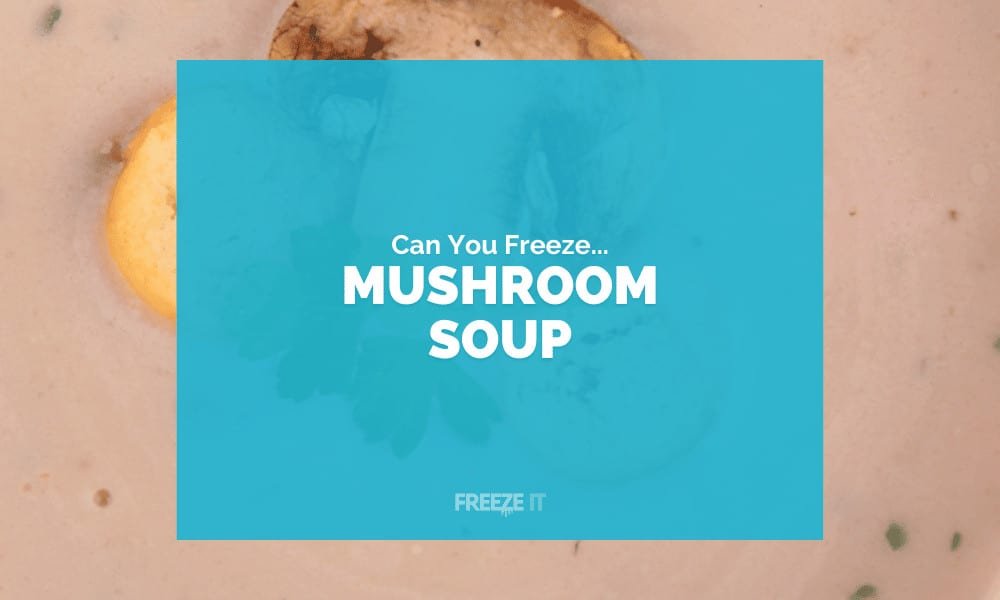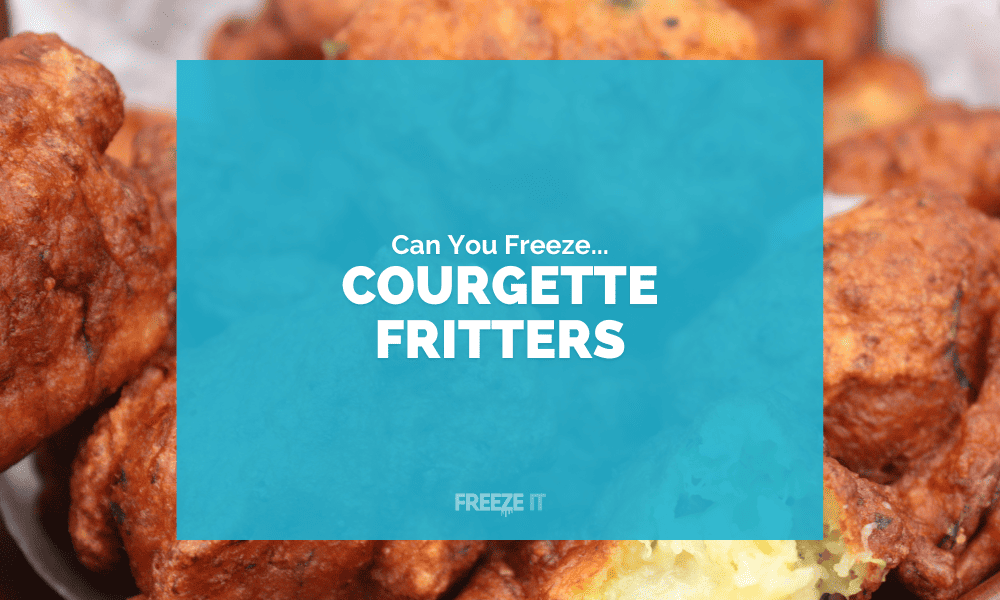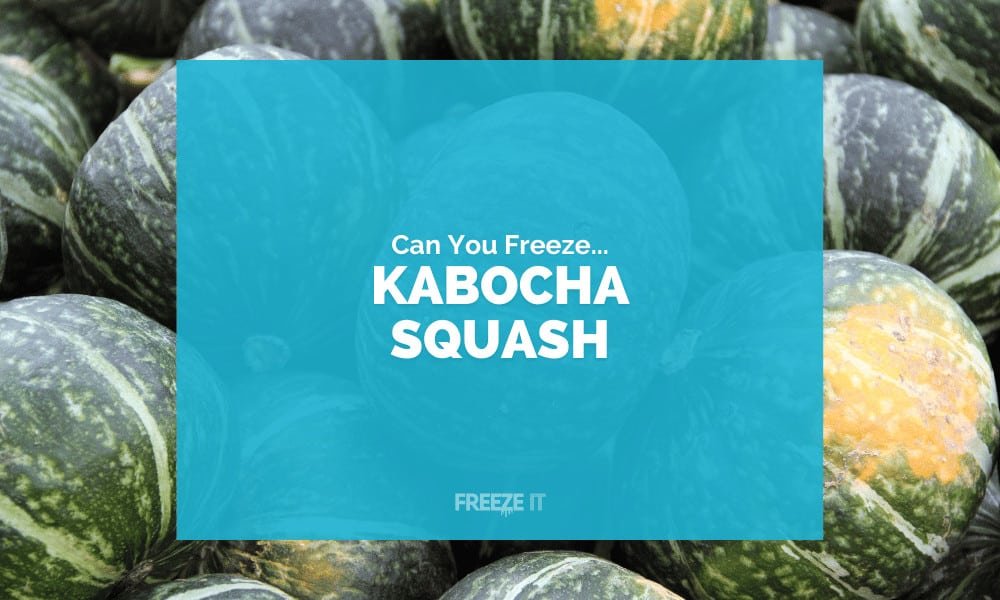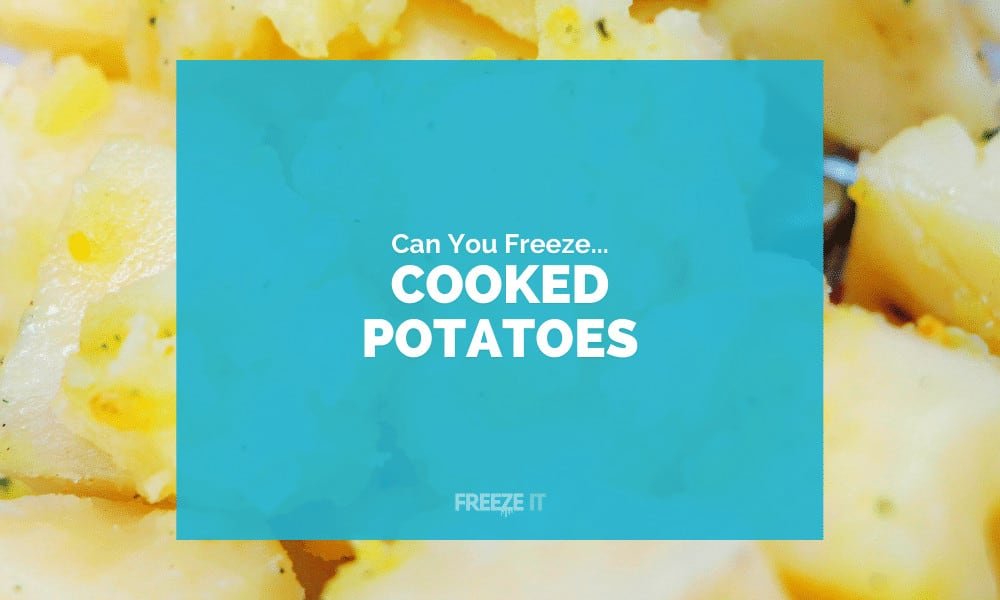Step into our ‘Vegetables’ category, a green-thumbed guide to extending the life of your market haul. If you find yourself with a surplus of seasonal veggies or you want to prepare for a future feast, we offer practical tips on freezing everything from leafy greens to root vegetables.
Our posts ensure that the vibrant colors, textures, and nutrients of your fresh produce are perfectly preserved, ready to be thawed and enjoyed as part of your healthy meals.
Alliums
Cruciferous Vegetables
Fungi
Herbs & Flavorings
Leafy Greens & Cruciferous Vegetables
Legumes & Beans
Miscellaneous Vegetables
Nightshades
Pickled, Preserved, & Fermented Vegetables
Prepared Vegetable Dishes
Root Vegetables & Tubers
Vegetable Sauces & Condiments
Vegetable Soups & Broths
Vegetable Squashes & Gourds
Starchy Vegetables
All Vegetables Freezing Guides
Frequently Asked Questions
Frozen grapes can be a refreshing snack, but upon defrosting, they turn into soggy lumps. It's best to freeze grapes only if you plan to use them in cooking, as they won't retain their fresh texture when eaten raw after thawing.
Many vegetables can be frozen raw, particularly those with low water content such as sweetcorn, broccoli, cauliflower, carrots, and runner beans. Freezing these vegetables helps extend their shelf life and reduces food waste.
While it is possible to freeze vegetables without blanching, doing so may result in a loss of quality over time. Blanching inactivates enzymes that can cause spoilage, so it's recommended for preserving the texture, flavor, and nutritional value of most vegetables.
Some vegetables do not freeze well, including:
- Cabbage*, celery, cress, cucumbers*, endive, lettuce, parsley, radishes - typically used raw in salads
- Irish potatoes, baked or boiled - used in soups, salads, sauces, or with butter
- Cooked macaroni, spaghetti, or rice - when frozen alone for later use
*Cabbage and cucumbers can be frozen if they are to be used in cooked dishes.
Fresh vegetables can remain good for 8-12 months when frozen, provided they are stored at a constant temperature and not continuously refrozen. While they may be safe to consume after this period, their quality and nutritional value may have diminished.
The optimal method for freezing vegetables involves blanching them first, then placing them on a non-stick baking sheet or one lined with baking parchment. Space the pieces well apart, freeze until solid, and then transfer to freezer bags. Label the bags for easy identification.
